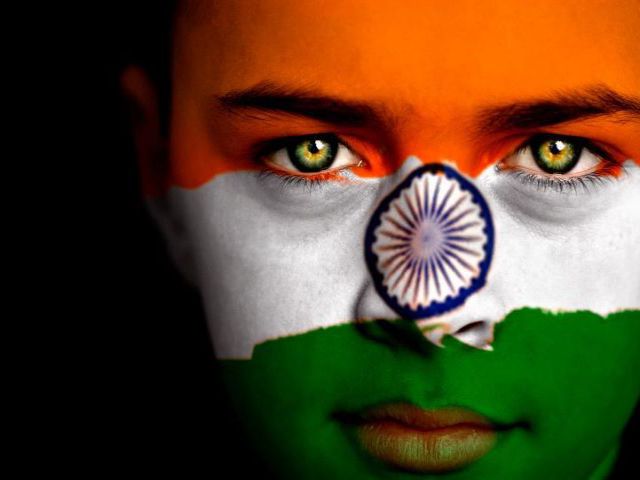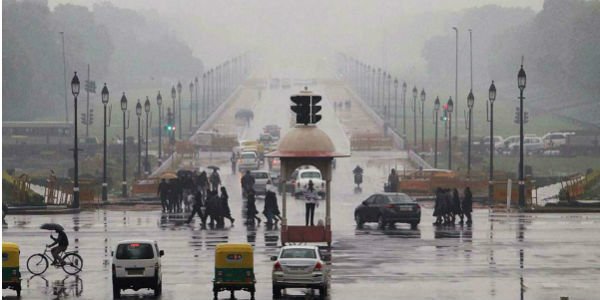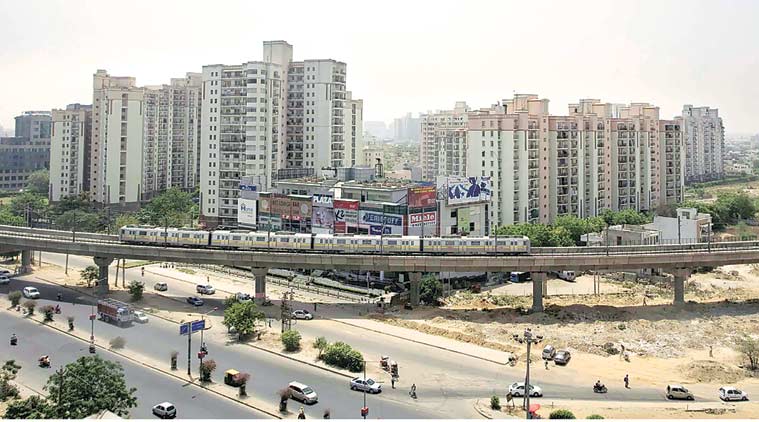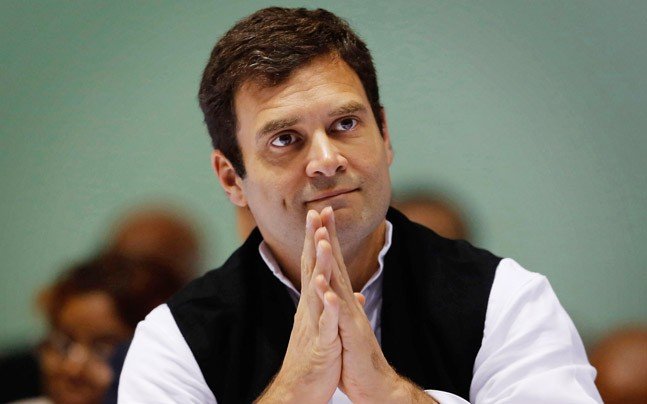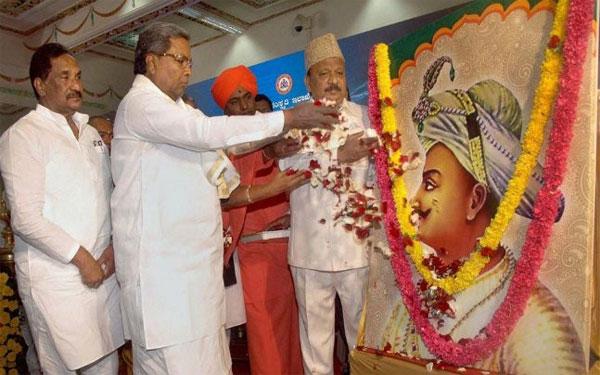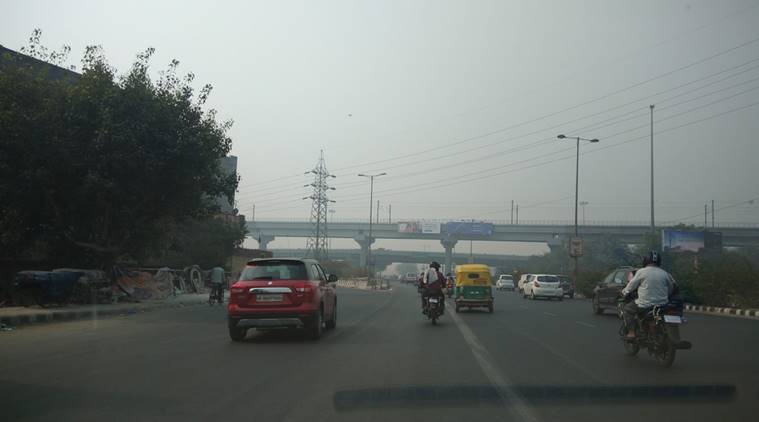
Post Diwali Effect: Delhi worst affected by Air Pollution
Air pollution across the country went up to an alarmingly high levels post Diwali celebrations on Sunday and the morning after. In the capital itself, people have woken up to dense smog, which had reduced the visibility levels drastically.
According to air quality which was monitored by the Central Pollution Control Board, PM 2.5 in Delhi went up to 999 in the US Embassy area and 702 in the area of Anand Vihar.
In R K Puram the PM 2.5 went up to 643 micrograms which is almost ten times the safe limits which is 60 micrograms per cubic metres and PM 10 stood at 999 micrograms per cubic metres which is also way more than the safe limit of 100 micrograms.

Read Here : Delhi witness poor air quality days before Diwali
This year even Mumbai suffered
In Mumbai also the PM 2.5 went up to the hazardous level of 494. System of Air Quality and Weather Forecasting and Research (SAFAR) had earlier said that the particulate matter in the air in Mumbai was expected to further increase this Diwali, leading to a worse air pollution level than last year.
The air quality index (AQI) was expected to go as high as 334, which does come under the ‘very poor’ category. SAFAR has also revealed that Mumbai’s air quality was better than Navi Mumbai and Delhi that had recorded 309 and 394 respectively on Saturday.
The ultrafine particulate matters are very harmful as prolonged exposure to them could also cause respiratory diseases and other bronchial diseases.
Moreover, the condition is particularly harmful for the elderly, children and also pregnant women.
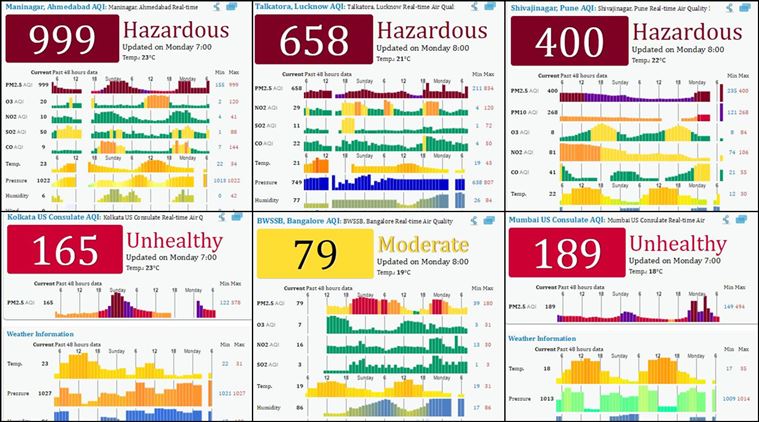
Since particulate matters like RSPM (Respirable Suspended Particulate Matter) are inhaled, lungs and the airway are the first organs to be affected by this. While PM10 enters alveoli or small sacks in lungs and gets accumulated there. Thus, while PM10 affects the upper respiratory tract from the nose and windpipe, the smaller PM2.5 particles affect the lower respiratory system since they enter the lungs.
SAFAR had also earlier predicted that pollution during this year’s Diwali is further expected to be worse than those during the year 2014 and 2015 and this would be due to the combination of adverse meteorological factors like slow wind speed and moisture in the air, which is also a source of major hindrance in the dispersion of suspended pollutants.


